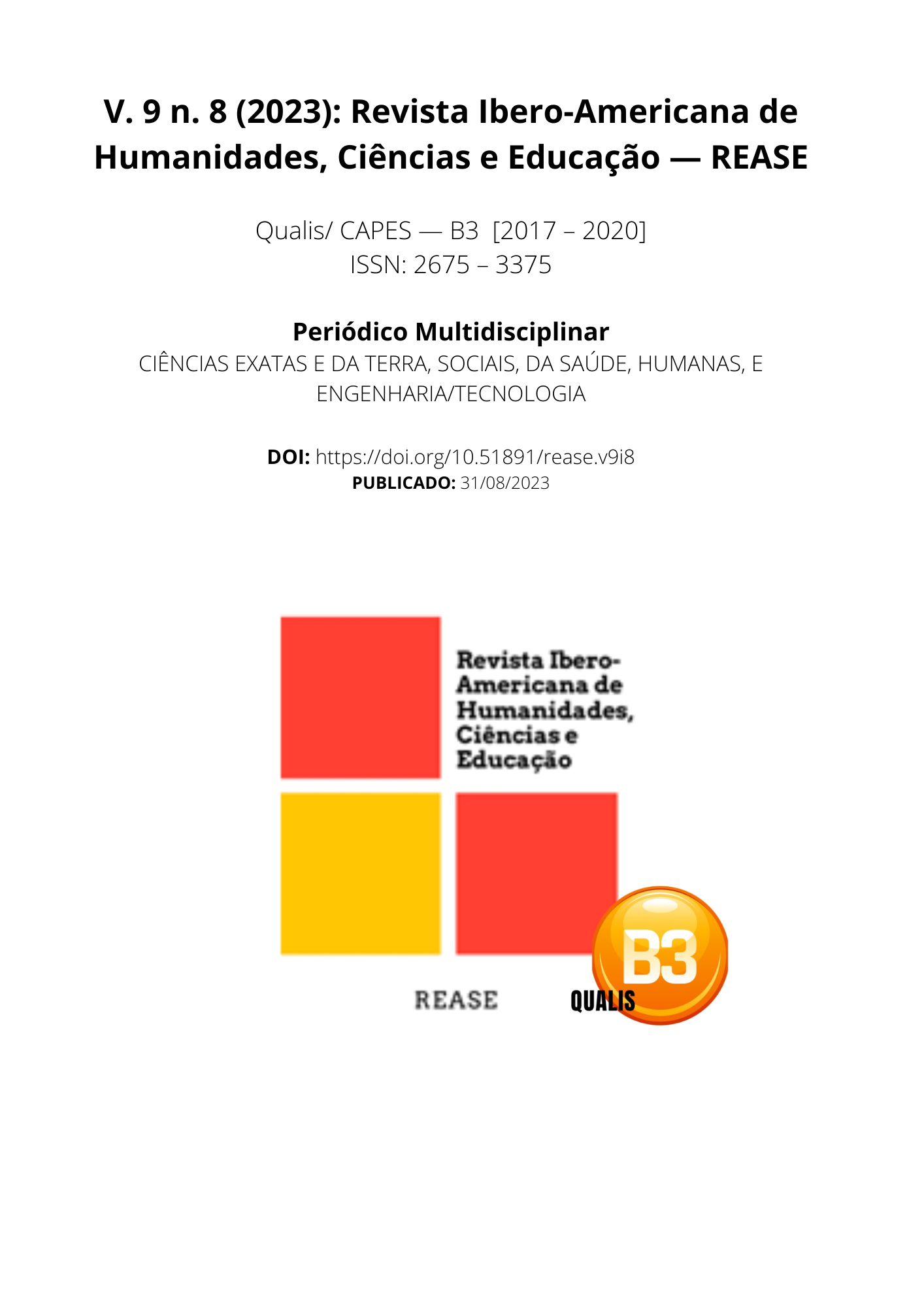THE NURSE'S CONDUCT IN A POSITIVE DIAGNOSIS FOR THE HUMAN IMMUNODEFICIENCY VIRUS
DOI:
https://doi.org/10.51891/rease.v9i8.11126Keywords:
Nursing. Human immunodeficiency virus. Acquired immunodeficiency syndrome.Abstract
Acquired Immunodeficiency Syndrome (AIDS) and Human Immunodeficiency Virus (HIV) are two major health problems worldwide, as even with advanced treatments and studies they have not been eradicated, they continue to be spread. However, even though the situation has not been completely resolved, scientific progress has helped to increase the survival rate. Upon receiving a positive diagnosis, the individual suffers a great impact, forming doubts, personal intrigues, fear of retaliation, concerns about their treatment and especially the fear of not receiving support from family or friends. Given this, health professionals need to guide and support their patients in the situation, taking the subject to a treatment unit, explaining explicitly about their illness and how their body will react to medications, in addition to psychosocial support. Because of this, this literature review will collect precise and accurate information about the nursing team's responsibility towards the patient's knowledge about their infection with the human immunodeficiency virus.
Downloads
Downloads
Published
How to Cite
Issue
Section
Categories
License
Atribuição CC BY

